The materials ask students to suggest similarities and differences between various pairs of chemical systems presented as simple diagrams
This is one way of exploring a student’s repertoire of chemical ideas - and although the focus is on what students can suggest, the exercise can provide evidence of glaring omissions as well as of alternative conceptions.
Chemical comparisons
The two diagrams below show things you might study in chemistry. Think about how the things shown in the diagrams are similar and how they are different:

List the similarities and differences you can think of below.
- In which ways are they alike?
- In which ways are they different?
- Which of these similarities and differences do you think are important to chemists? Put a star symbol (*) in front of the important similarities, and the important differences.
The two diagrams below show things you might study in chemistry. Think about how the things shown in the diagrams are similar and how they are different
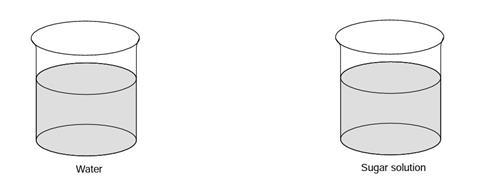
List the similarities and differences you can think of below.
- In which ways are they alike?
- In which ways are they different?
- Which of these similarities and differences do you think are important to chemists? Put a star symbol (*) in front of the important similarities, and the important differences.
The two diagrams below show things you might study in chemistry. Think about how the things shown in the diagrams are similar and how they are different
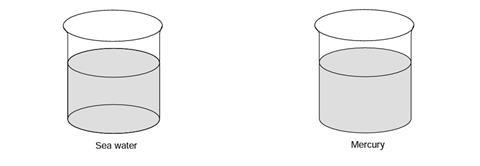
List the similarities and differences you can think of below.
- In which ways are they alike?
- In which ways are they different?
- Which of these similarities and differences do you think are important to chemists? Put a star symbol (*) in front of the important similarities, and the important differences.
The two diagrams below show things you might study in chemistry. Think about how the things shown in the diagrams are similar and how they are different
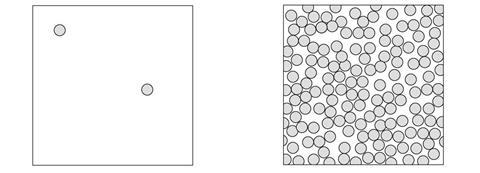
List the similarities and differences you can think of below.
- In which ways are they alike?
- In which ways are they different?
- Which of these similarities and differences do you think are important to chemists? Put a star symbol (*) in front of the important similarities, and the important differences.
The two diagrams below show things you might study in chemistry. Think about how the things shown in the diagrams are similar and how they are different
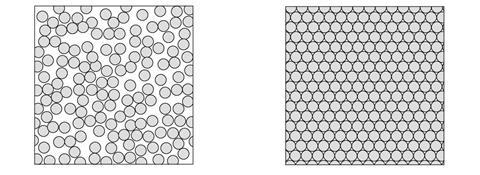
List the similarities and differences you can think of below.
- In which ways are they alike?
- In which ways are they different?
- Which of these similarities and differences do you think are important to chemists? Put a star symbol (*) in front of the important similarities, and the important differences.
The given examples are:
- Iron and sulfur
- Water and sugar solution
- Sea water and mercury
- Particle models of gas and liquid
- Particle model of liquid and particle model of solid
A total of 36 examples are included in the full document for this activity.
Notes
The information above is a sample of the full chapter. For the full version of this chapter, see downloads below.
Downloads
Chemical comparisons
PDF, Size 1.82 mb
Websites
Additional information
These resources have been taken from the book, Chemical Misconceptions : Prevention, diagnosis and care: Theoretical background, Volume 2, by Keith Taber.

Chemical misconceptions
- 1
- 2
- 3
- 4
- 5
- 6
- 7
- 8
- 9
- 10
- 11
- 12
- 13
- 14
- 15
- 16
- 17
- 18
- 19
- 20
- 21
- 22
- 23
- 24
- 25
- 26
- 27
- 28
- 29
- 30
- 31
- 32
- 33
- 34
 Currently reading
Currently readingChemical comparisons
- 35















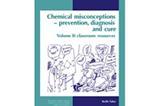







































No comments yet